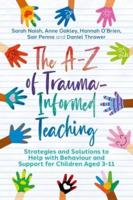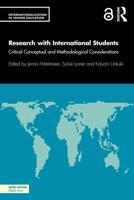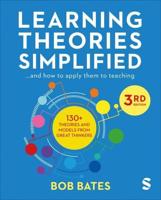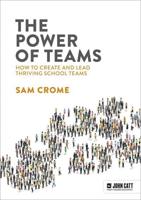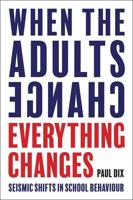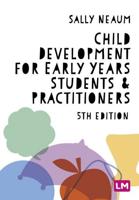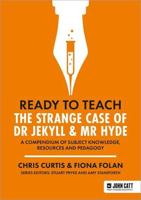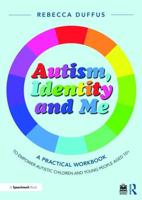Publisher's Synopsis
Terrorist attacks by domestic groups are a potential threat to the American public. The devastation of the Murrah Federal Building in Oklahoma City is an example of an effective attack by a domestic group using only conventional weapons. In 1995, the Japanese religious cult Aum Shinrikyo set a precedent by conducting an effective domestic terrorist attack using chemical weapons against commuters in the Tokyo subway system. An examination and analysis of the environment in which the cult operated, the cult itself, and the attacks it committed using weapons of mass destruction (WMD), provides U.S. authorities with lessons they can apply to improve efforts designed to reduce the probability that WMD attacks ever occur on U.S. soil. This paper examines the phenomenon of Aum Shinrikyo. Part 1 is a general description of the WMD problem that confronts us today, explains the significance of the problem and outlines the limitations of the study. Part 2 describes the origin, development and characteristics of Aum Shinrikyo in order to provide a basis for analysis in following chapters. Part 3 describes several WMD attacks committed by the cult, including the Tokyo Subway attack. Part 4 is an analysis of the political and cultural elements affecting the environment in which the cult operated and an examination of specific and relevant characteristics of the cult itself. All combine to contribute to the formulation of detection and prevention efforts designed to identify and preempt domestic WMD threats. Part 5 presents overall conclusions and recommends areas of further research.

